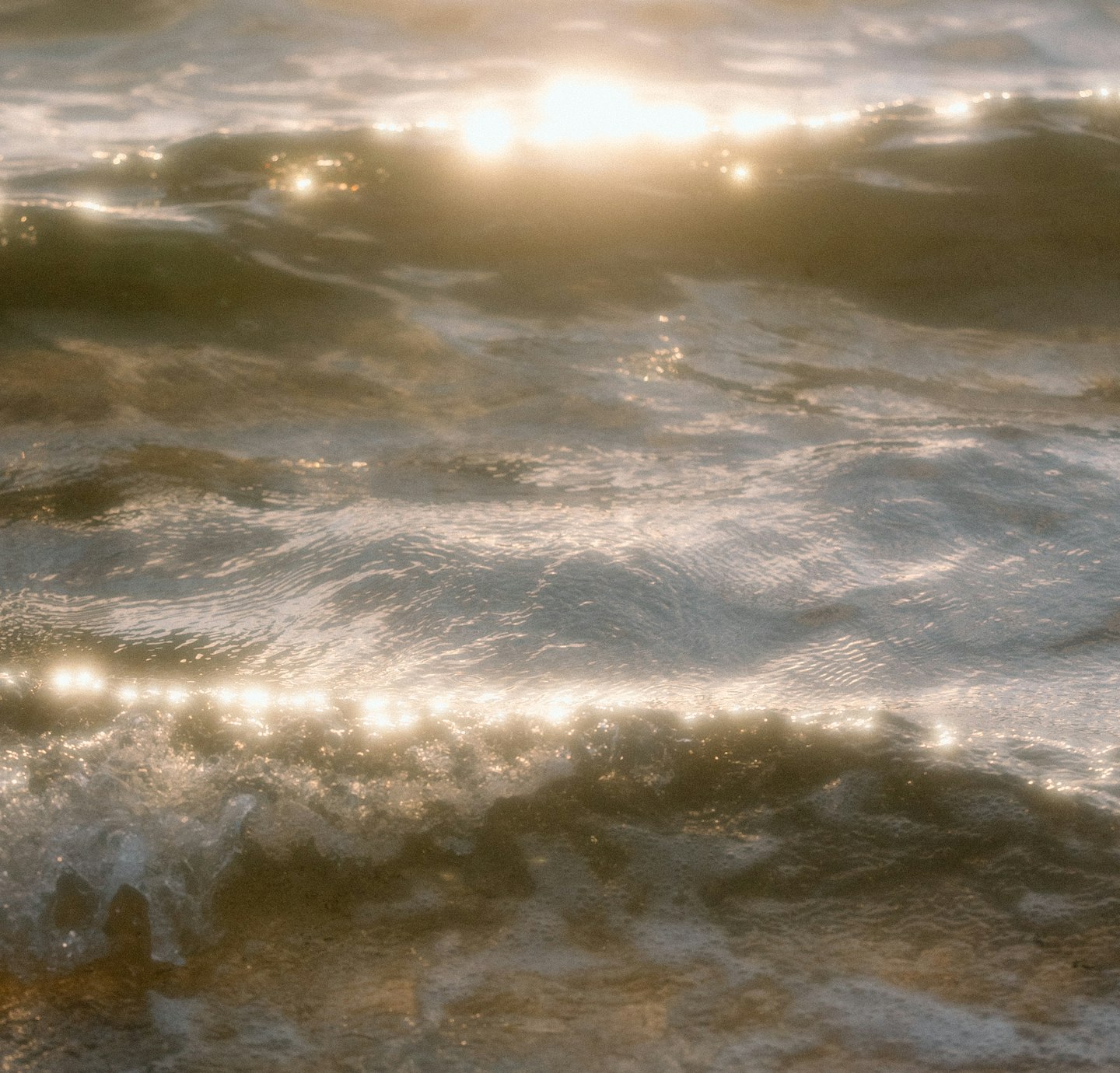I’ve handpicked some of the best books on creativity that have personally resonated with me. These books have taught me something about what it means to be creative. It’s a curated list of nonfiction books on artistic expression, the writing process, and more. The book pickings below are my favorite books in this genre and I read every single one of them. Stay tuned if you want to read more of the best books on creativity.
Full list of the best books on creativity
These are the top four best books on creativity to read. Use the buttons to find more details about the book: from community ratings to book summaries, reviews, and information about the authors.
Letters to a young poet
Letters to a young poet is a collection of correspondence from poet Rainer Maria Rilke, offering insightful and timeless guidance on creativity, solitude, and the authentic pursuit of artistic expression. The book feels like receiving wise, heartfelt letters from an older friend who’s been through it all. The advice is simple but deep—he encourages the reader to embrace solitude and let creativity come from within, not from seeking approval. Rilke talks a lot about trusting yourself and your work, reminding you that it’s okay to be uncertain and that growth often happens in those quiet, introspective moments. It’s a book that feels personal, almost like Rilke’s thoughts are just for you, giving you the space to reflect and find your own path, whether you’re a poet or not.
Find Letters to a young poet on Amazon, Waterstones, Bol.com, or Audible.
Share your thoughts about Letters to a young poet with the community.
The War of Art
The War of Art is basically a pep talk for anyone trying to create something — whether it’s writing, painting, building a business, or just showing up for your own creative life. Steven Pressfield gets straight to the point — the thing standing in your way usually isn’t the world, it’s you. But he doesn’t frame it in a harsh way. He just points out that we all deal with this invisible force that holds us back, and it shows up in all kinds of subtle, sneaky ways. He names that inner voice that tells you you’re not good enough, that today’s not the day, that laundry is more important than your novel — Resistance with a capital R. And once you see it, you can’t unsee it. It’s everywhere. But the flip is that Pressfield doesn’t just call you out — he calls you up. He says the answer isn’t waiting for inspiration or some magical moment. It’s showing up like a pro. Every day. Even when you don’t feel like it. That’s how the work gets made. That’s how you get unstuck. My favorite part is that Steven makes creativity feel sacred. Like showing up for your work isn’t just about productivity — it’s about honoring something bigger than you. There’s a kind of quiet power in that. So if you’re wrestling with your own resistance — and I mean, who isn’t — this book is like a mirror and a battle cry rolled into one.
Find War of Art on Amazon, Waterstones, Bol.com, or Audible.
Share your thoughts about The War Of Art with the community.
Elements of Style
Elements of Style is a concise and influential writing guide that emphasizes the importance of clarity and simplicity in writing. William Strunk Jr. and E.B. White created a timeless little guide to writing including fundamental grammatical and stylistic principles. It’s all about making your writing simple, clear, and effective. The book offers practical advice, like using active voice to make sentences more direct and choosing words carefully to avoid unnecessary fluff. It emphasizes the importance of brevity—keeping things short and sweet without losing meaning. Strunk and White also stress the value of consistency in grammar and punctuation, helping writers avoid confusion. It’s a helpful, easy-to-digest read for anyone who wants to improve their writing, whether you’re crafting essays or just sending emails.
Find The elements of style on Amazon, Waterstones, Bol.com, or Audible.
Share your thoughts about Elements of Style with the community.
The Creative Act
The Creative Act: A Way of Being by Rick Rubin is a truly special book that belongs to every list of books on creativity. It was recommended to me by a comedian, and what makes it stand out is how deeply personal and reflective it feels. Rubin doesn’t just offer practical tips or techniques; he invites readers into a broader, more profound understanding of creativity as a way of life. Rubin explores the idea that creativity isn’t confined to artists or musicians—it’s something we can all tap into, in every part of our lives.
Through his thoughtful reflections, Rubin helps us see that creativity is less about forcing something out of ourselves and more about being open, receptive, and willing to explore without fear. He shares his own experiences with a sense of vulnerability and wisdom, reminding us that the creative process is often messy, unpredictable, and full of surprises.
This book is a gentle and inspiring guide, encouraging readers to trust their own instincts and embrace creativity in whatever form it takes for them. It’s a beautiful read for anyone looking to reconnect with their creative spirit or seeking a deeper understanding of what it means to live a creative life.
Find The creative act on Amazon, Waterstones, Bol.com, or Audible.
Share your thoughts about The Creative Act with the community.

Leave a Reply
You must belogged in to post a comment.